Collaboration, Not Competition
By Kim Couranz, SpinSheet Magazine Once that warning gun sounds, it's on. It's time to sail fast, fair, and smart. But on the way to and from the race course? Let's let kindness prevail! There is etiquette sailors should use around the boat park—generally, leaving things better than you found them (yes, turn the hose off and coil it when you're done!) and being respectful of other sailors (make sure you know where that hose is pointed before you spray it!). But there are a few actions you can also take on the "commute" to and from the race course to make you more welcome at the post-race social, too. So, in the spirit of making our sport a more welcoming place... ...
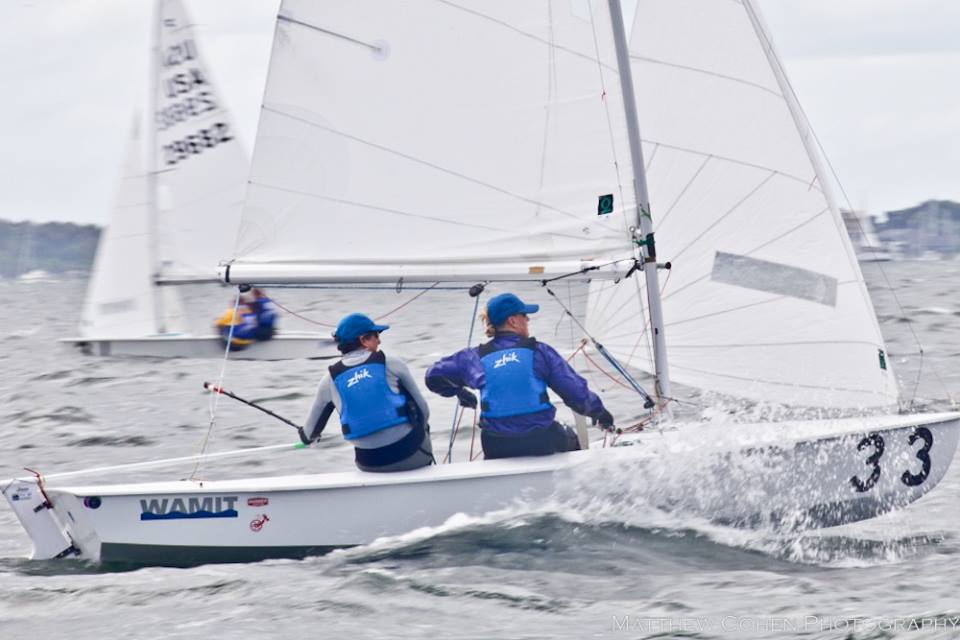

By Kim Couranz, SpinSheet Magazine
Once that warning gun sounds, it’s on. It’s time to sail fast, fair, and smart. But on the way to and from the race course? Let’s let kindness prevail!
There is etiquette sailors should use around the boat park—generally, leaving things better than you found them (yes, turn the hose off and coil it when you’re done!) and being respectful of other sailors (make sure you know where that hose is pointed before you spray it!). But there are a few actions you can also take on the “commute” to and from the race course to make you more welcome at the post-race social, too. So, in the spirit of making our sport a more welcoming place…
…
Watch your wind shadow.
Look, we’re all working to get to the same place at about the same time. While on the race course, tacking on someone or sitting on their air downwind may be the right thing to do (in certain situations). But on the way out to the race course, it’s never the right thing to do.
How can you tell if you might be sucking someone’s air, hindering their progress toward the racing area? Most dinghies and small boats use telltales on their shrouds (if you don’t, I highly recommend it). If your telltale is pointing (flowing downwind) at another boat, you may be affecting their breeze.
Your wind shadow extends farther in light air than it does in windier conditions, but try to keep your sail plan at least five boat lengths away from where it could affect another boat. Find yourself in a situation where you might be affecting a fellow sailor? Slow down a bit to move your wind shadow back, or sail a little high or low for a few seconds to clear their air.
Look out for the little guy.
Many events include starts for more than one fleet, so there are boats of different shapes, sizes, and capabilities all headed in the same direction. Is your boat bigger or faster than other boats sailing out to your race course? Are you catching up to one of those boats and need to decide how to pass them? Easy answer: to leeward.
Even if you’ll be scooting by pretty quickly, the polite thing is to not use their breeze as you go by. You’ll be outta there in just a moment, so why not take the courteous route?
Help a friend (or friend to be) in need.
I used to sail on J/24s a bunch, and we’d often race in events with J/22s on our circle. As it turns out, J/24s carry motors; J/22s do not. It was a great custom after racing, if a J/22 were near, to give them a tow out to the race course if there wasn’t a lot of breeze. On your way out and after you finish, take a look around; is there another boat you could help get to or from the race course?
Give sailors a good name.
The path we take to and from the race course can take us through some unique places—over shoals where watermen put crab pots, across channels, through another sailing club’s race course. Bottom line, don’t be that guy.
Never get in the way of a commercial ship under way, and keep an eye out so you don’t hinder a waterman working his trap line. See someone fishing? Avoid their fishing lines by giving them a wider margin than you think. If water depth and safety allow, instead of sailing right out the middle of a channel, perhaps stay just outside the channel to allow motoring boats and vessels that aren’t able to maneuver as readily to use the channel.
If you come upon another race course (lots of boats with sailors who look focused going around brightly colored marks can give it away), think about how you would like to be treated if you were one of those racing boats.
Support/coach boats represent you, too.
I’ve sailed in regattas where everyone has their own coach boat or shares a coach boat among a few sailors. It can make getting to and from the race course pretty darn easy! If you’re working with a coach/support boat, they need to remember that they’re not there on their own; their actions reflect on you. Cutting across the bow of a boat still racing to get you on a tow line at the end of the day—that’s not a good reflection.
But coach/support boats can provide some positive shine for their sailors. At regattas where not everyone, or not many, sailors have support boats, giving other competitors a tow back to shore is simply the right thing to do.
Picking up your sailor and then speeding back to shore, giving everyone else a wide berth (so you don’t have to make eye contact as you diss them)? Not cool. (If your coach truly can’t accept another boat on a tow, that’s absolutely understandable, and if you let folks know that as you pass them by, they’ll understand.)
But pick up a fellow sailor struggling against the current on a hot, no-breeze afternoon? You just might make a new friend. And isn’t that what this sport is all about?
SpinSheet is a Chesapeake based sailing magazine delivering news about racing, cruising, and daysailing on the Chesapeake Bay.
Comments for this post are closed

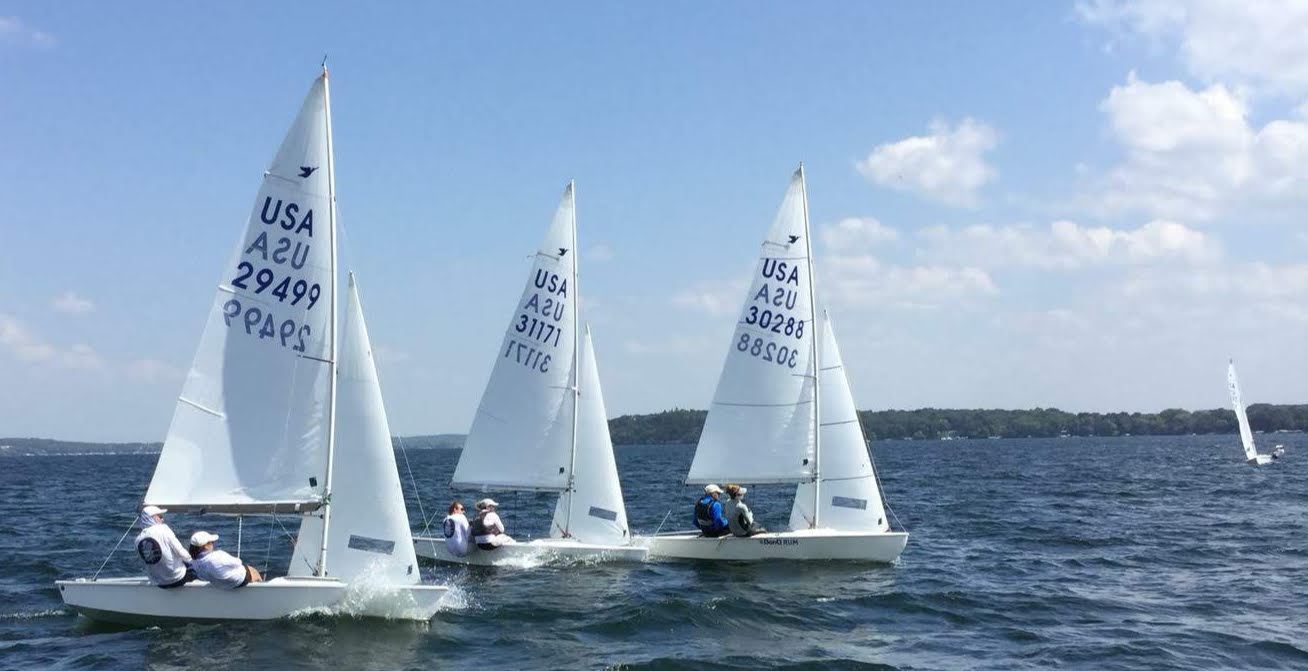

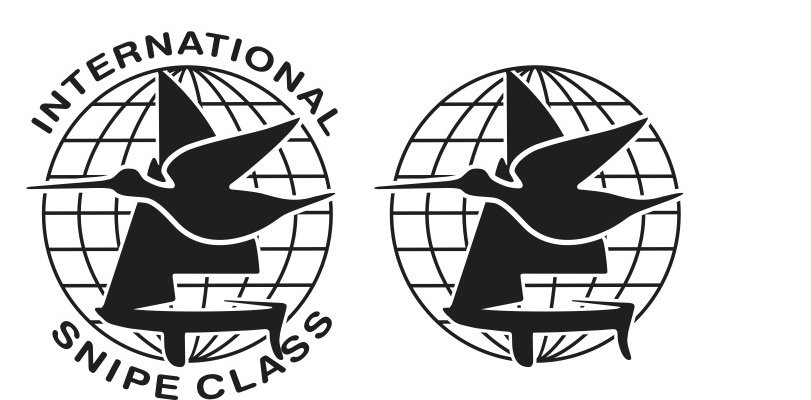

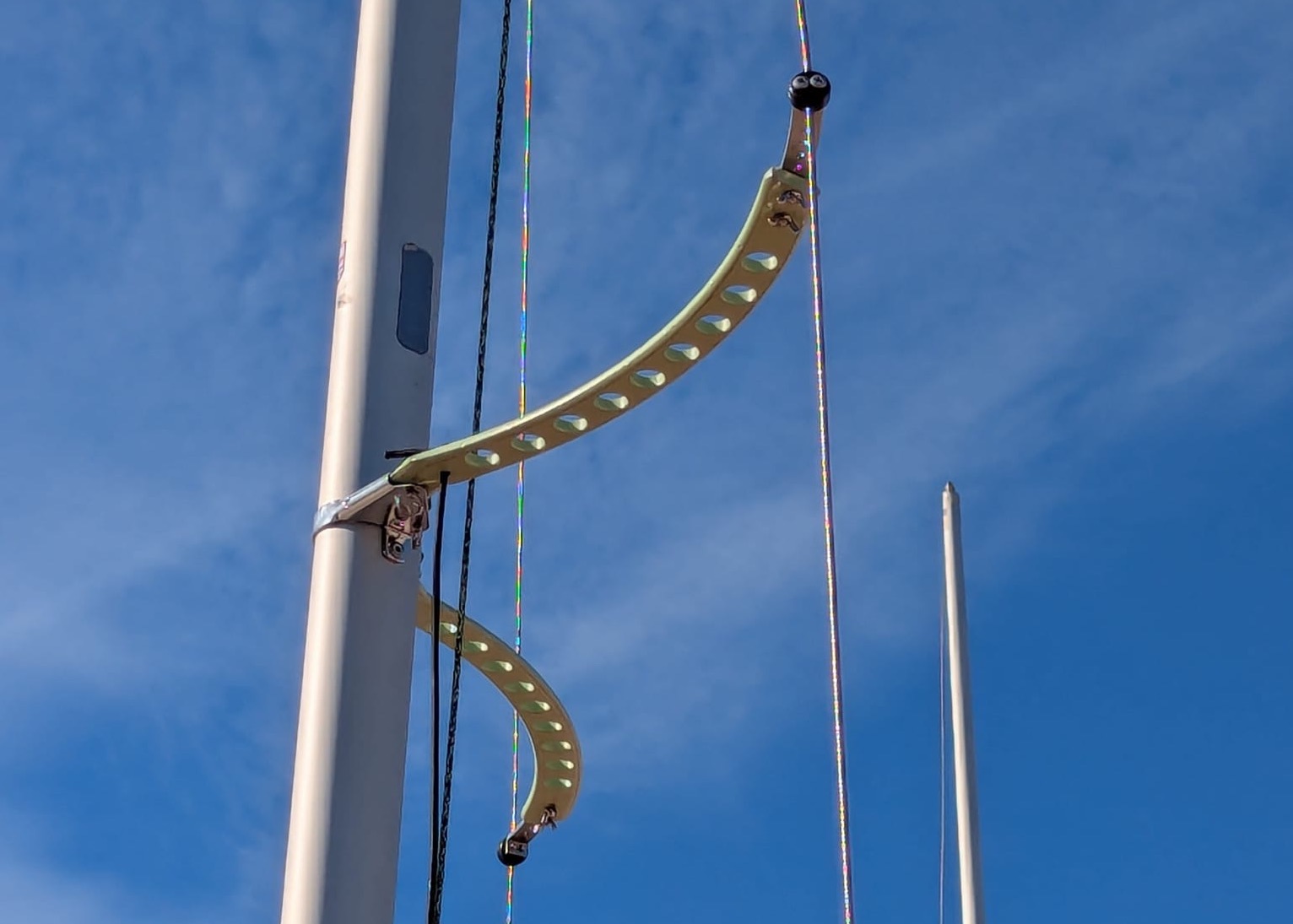


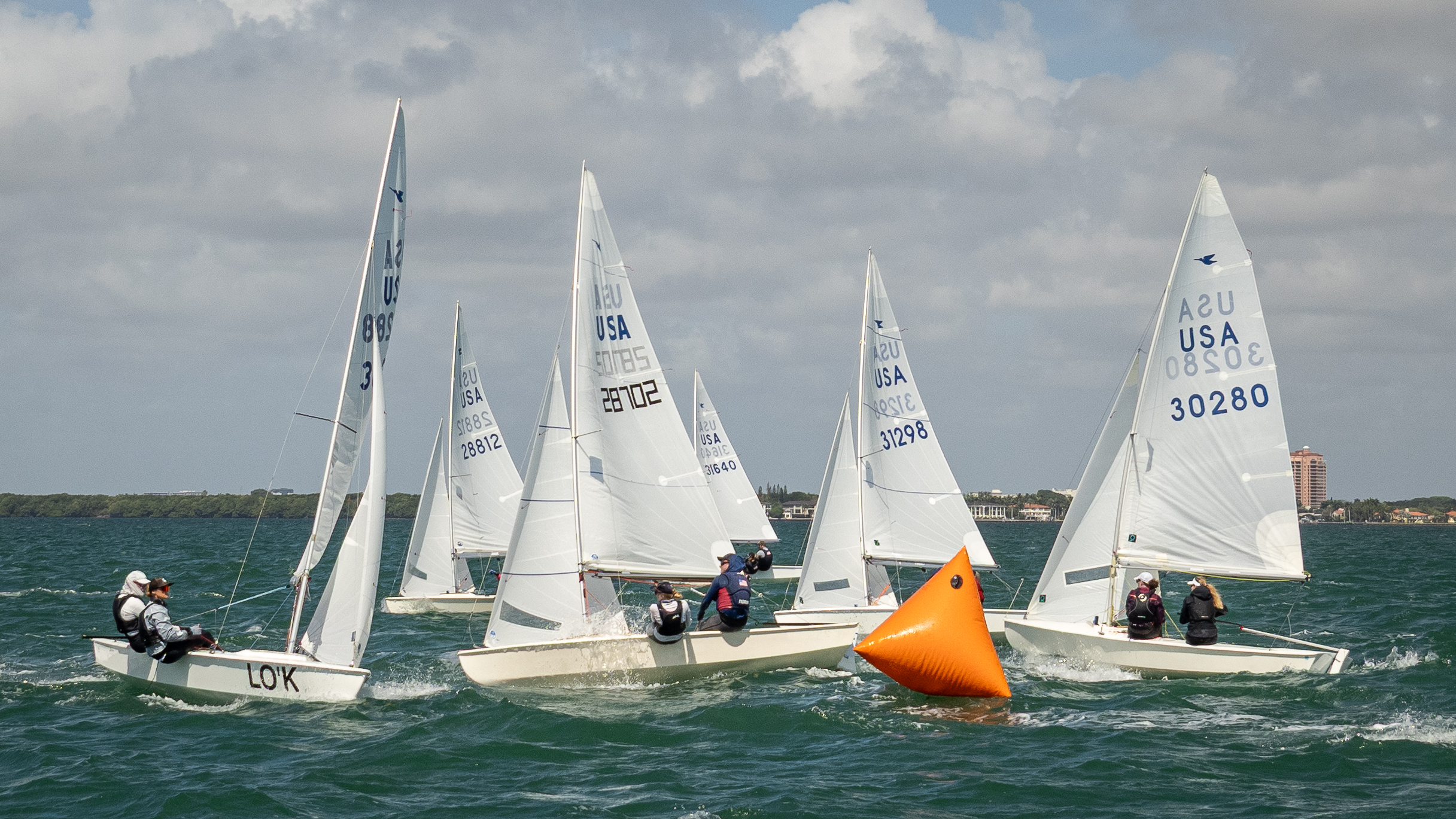
0 comments